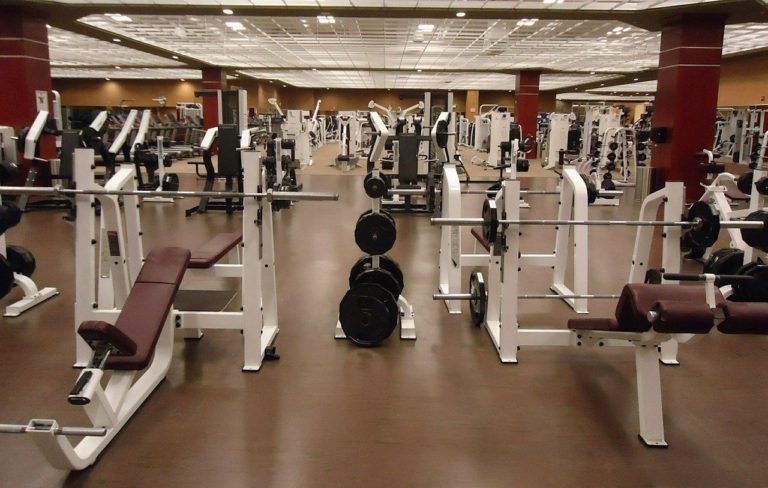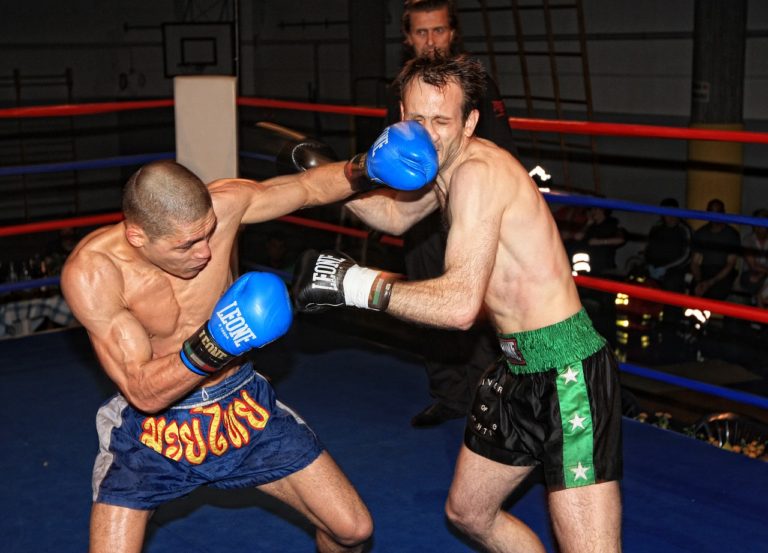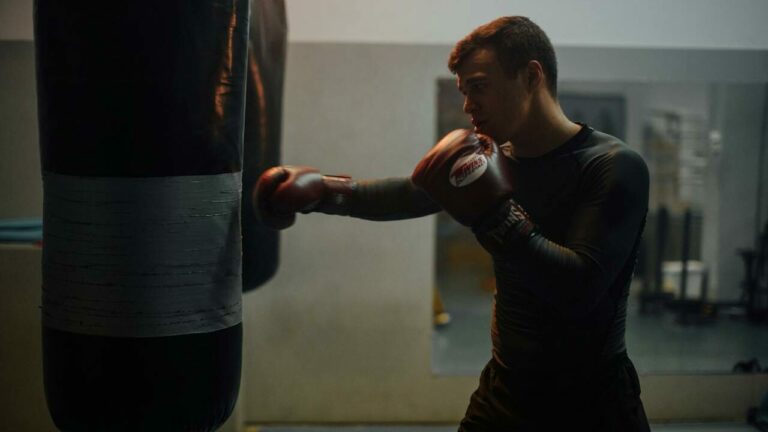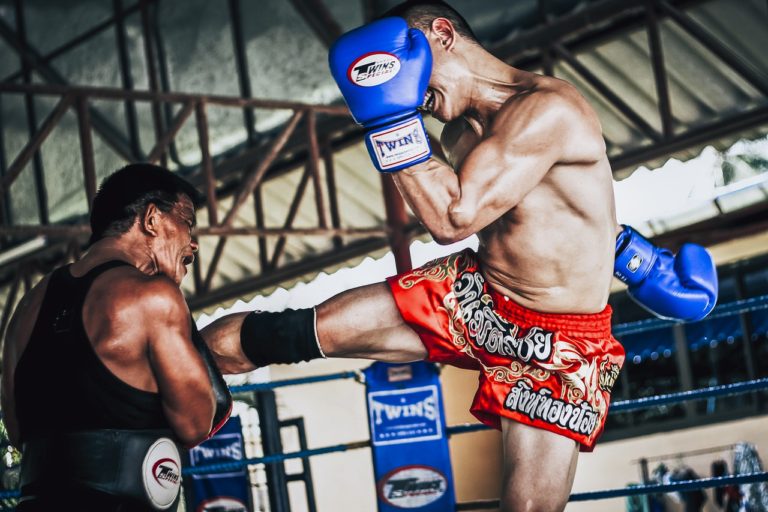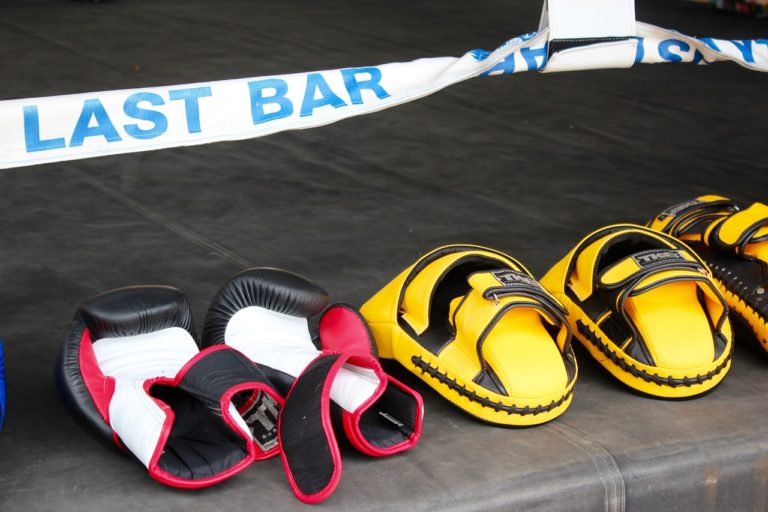Speed vs Power – Which is better for Boxing?

The two attributes most commonly associated with boxing are speed and power. A big punch is always useful for producing stoppages, especially if you find yourself getting outboxed, and having quick hands can let you land punches before your opponent can react. Both of these things are desirable traits to have in boxing but is one better than the other?
Well, not really. Boxing is such an unpredictable sport and many other factors will go into determining whether the quick fighter or the strong fighter will come out on top which we’ll cover shortly. Generally speaking, the winner is usually victorious based on their technical boxing ability rather than their natural physical attributes.
Speed vs Power Comparison
Naturally having either of these attributes will change the way a boxer approaches a fight. It doesn’t make sense for a fast boxer to stand toe-toe with a heavy hitter, and often a puncher will find themselves getting outpointed against a fast boxer if they try and outbox them.
This table shows the advantages, disadvantages, and strategies you’d see typically from each fighter with this kind of match-up:
| Fast Boxer | Power Puncher | |
| Typical Advantages | – Combination punching – High pace – Fast movement/footwork – Counter punching | – Single shots – Heavy punches – Strength/Clinches – Body punches |
| Typical Disadvantages | – Needs cumulative attacks to produce knockout – Has to have a higher work rate | – Can’t match high pace & volume |
| Strategy | – Outbox the puncher – Move-in & out of range – Counter-punch – Fight on the backfoot | – Initiate brawls – Clinch – Use weight to bully the opponent – Take center ring and apply pressure |
Who would typically win?
Hypothetically, if there were two boxers of similar skill in regards to actual technique but one was naturally gifted with speed and the other was gifted with power, It’s probably wise to side with the power puncher.
Of course, there are plenty of cases that break this theory but generally speaking, a power puncher who is able to land clean shots is more dangerous and likely to win than a boxer of similar skill but higher speed. Especially after taking into consideration that most high-level professional boxing bouts last 36 minutes and a clean, hard punch is likely to find its target throughout that duration.
In professional boxing, the rounds are judged by knockdowns, ring-generalship, defense, punches-landed, and effectiveness of punches. Taking this into consideration along with the fact that the power puncher – holistically speaking – is more likely to produce a knockout, it wouldn’t be unreasonable to lean towards a power puncher winning the fight, especially if their technical boxing skills are level.
How power can beat speed
I’ve read a substantial amount of content online claiming that speed always beats power and that speed is what fighters should always be working on. However, this isn’t always the case, and what will usually determine who comes out on top is skill.
Canelo Alvarez vs Amir Khan is a good example of this, Khan had blistering hand-speed and he did incredibly well against Alvarez in the early rounds of the fight because of his natural speed advantage. However, as time went on, the stronger Alvarez started to get his timing and eventually caught Khan with a clean overhand right resulting in a brutal knockout.
If you were the more powerful fighter and you wanted to use that power to your advantage against a faster opponent, the obvious strategy would be to walk them down.
This means taking their fast shots on the gloves and shoulders, not reacting to their feints, and not trying to outbox them. Just take control of the center of the ring and bring forward calculated pressure. For instance, put them on the backfoot by jabbing hard to the head, midsection, and chest, making them fight at a high pace.
Not letting a fast, slick, boxer find their rhythm is imperative to beating them, technical boxers like to counter-punch and find their range, and when they do they become very difficult to beat. As the puncher, you should look to make it a brawl, not a chess match.
Tire your opponent to the point where they start to open up in exchanges and then look to land a big shot to put them away. This strategy takes time and it usually means that the puncher will lose the first few rounds until he gets his timing and catches the quick boxer.
Another way you can use power to beat a fast opponent is through the clinch, especially if you are physically bigger, heavier, and stronger than your opponent. The clinch is a boxing term that refers to when fighters are holding onto each other in close range, the referee usually breaks up clinches but they are valuable to big, strong punchers. By leaning on your opponent they will be forced to carry your weight which will tire their arms and slowly nullify their speed and gas tank. When they slow down and start to throw sloppy shots, you can then pick up the pressure and take them out.
How speed can beat power
An iconic example of speed vs power is Ali vs Foreman. Ali was a fast, slick boxer and Foreman was a pure puncher with devastating knockout power. Up until the stoppage, the fight was close with Foreman driving Ali to the ropes and unloading massive body shots while Ali used his speed and movement to sneak in punches while he was bouncing on the ropes. However, the finishing punches of the fight show Ali’s brilliant speed in a snappy four-punch combination and he turns Foreman into the ropes producing perhaps the most speculator knockout in history.
So what does this show? Well, it shows that Ali had the superior gameplan and boxing IQ, he wanted to tire Foreman out and nullify his power and then use his natural attribute (speed) to hit him with quick consecutive punches that Foreman would not see coming. So as always, it wasn’t his speed that won him the fight, it was the way he was able to use it that did.
If a fast boxer was trying to beat a power puncher, the strategy would typically be to try and outbox them. Fast feet and hands should allow a quick striker to move in and out of range, landing short combinations and moving out the way before the puncher can react.
Floyd Mayweather Jr is a perfect example of this, in the later stage of his career he wasn’t looking for knockouts due to hand injuries but he would easily outbox his opponents using brilliant defense, head movement, and quick hands to sneak punches in and dominate his opponents on the score-cards.
So which one should I train?
It’s important to train in every aspect of boxing, staying sharp in every element will allow you to adapt to the challenges you’ll inevitably face in the ring. Also, training just speed or power is just two facets of boxing, there is so much more that goes into producing a well-rounded fighter.
For instance, footwork, timing, accuracy, defense, endurance, head movement, and conditioning. There isn’t any sense in putting your all into just one attribute, especially things that are so limited like speed and power. In my opinion, the most important part of your body to train is the brain, which is slightly ironic considering it takes the most punishment in boxing but it is true. Most great fighters are boxers, not brawlers, they know how to think and adapt to their situation.
Training Speed vs Power
Since speed and power are important aspects of boxing, lots of exercises have been developed to help fighters improve in them. However, boxing is something that requires synergy, the fundamental skills need to be built together, which is why there are very few exercises that focus on only one thing in particular but there are general exercises that lean either towards speed or power.
Speed:
- Speed-bag – Although punches to the speed bag are competley useless in actual boxing, it helps improve cardiovascualar endurance, timing, and of course speed.
- Mitt-work – Mitt-work is an exellent overall exercise for boxing, you can use it work on speed, power, form, or timing. It’s a really diverse exercise and using the mitts for quick combinations is a good way to improve handspeed.
- Weighted shadow boxing – Shadow boxing by itself is good for improving handspeed but weighted shadow boxing is another step up. The idea is that you condition yourself to shadow box with small 1kg weights in either hand, this means that when you remove the weights you feel so much more fast and free.
- Double-end bag – The double end is similar in certain aspects to the speed bag, it focuses on timing, accuracy, and speed. They double-end bag is a small punching bag that is connected to the ceiling and the floor with elastic strings, allowing it to move freely as its hit.
Power:
- Heavy-bag – The heavy bag is the classic exercise people think of in regards to boxing, its allows fighters to throw hard punches at a still object and work on their technique.
- Weights – Certain weight exercises like landmine punches can be incredibly helpful for improving power. Landmine punches, essentially replicate the movement of a cross while holding one end of a weighted bar which is thrust upwards.
- Mitt-work – As mentioned earlier, mitt-work can also be a good way of improving power.
- Medicine ball throws – Medicine ball throws have become quite popular for improving power as they require lots of explosive movement and target lots of the muscles used when throwing a punch. It consists of repeatidly throwing a weighted ball at a wall to your side, which is much easier to do when you have a partner to help throw it back to you.
- Form – Lastly, the most important thing you can probably do to improve your power, is to improve your form and strengthen your fundementals.

